With 3D printers, we can reproduce models of almost anything we want to create. However, 3D prints are far from perfect when they come out of the printer. To get an excellent finish, one of the fundamental steps is the application of paint on the PLA model. This action brings us to the question: can we spray paint PLA?
It is entirely possible to spray paint PLA models. When spray painting PLA, we can get some advantages over other techniques:
- Spray painting eliminates the streak or mark left by the brush.
- The spray painting technique is effortless, which makes it ideal for beginners.
PLA is an excellent material to use in 3D printing, and it is becoming more and more popular among users and operators of this type of printing. But it is essential to maximize the potential of this material through painting techniques. For all these reasons, today, we will analyze the spray painting technique on PLA in this article.
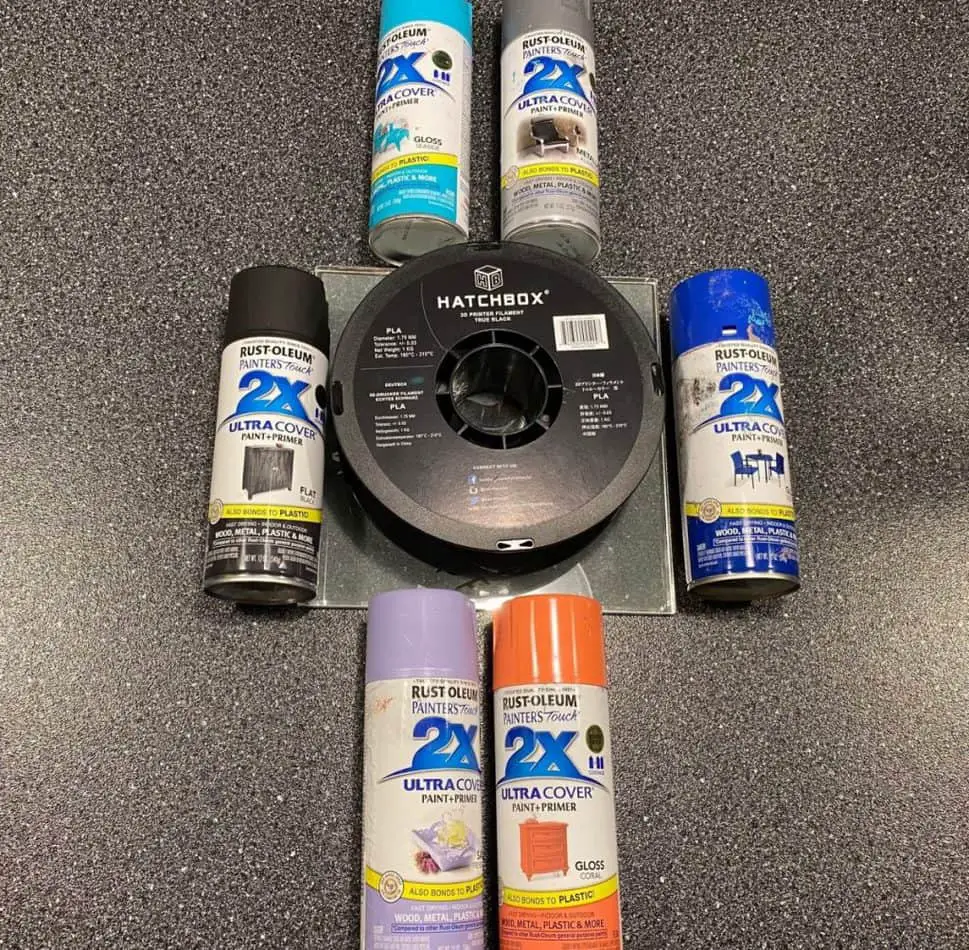
Understanding What PLA Is
PLA plastic stands for its main component: polylactic acid or polylactic acid. PLA is a polymer with properties very similar to those of polyethylene terephthalate (PET). PET plastic is a recyclable material that companies use to manufacture certain types of bottles, food and beverage containers that you most likely have in your home.
PLA plastic, unlike PET, has characteristics that make it biodegradable, which makes it a very convenient alternative for the care of the environment when this material reaches certain temperature conditions. The PLA or polylactic acid can be biodegradable under temperatures of 60° C. Some of the main characteristics of PLA are:
- It is a permanent material.
- It is an odorless material.
- It is biodegradable.
- Factories obtain it from renewable natural resources.
- It is a material that is highly resistant to grease and moisture.
- Its color is clear and bright.
- Depending on the techniques used in its manufacture, it can have different characteristics, such as greater flexibility or rigidity.
- It is elementary to handle.
- It is resistant to UV rays.
- It is a low flammability material.
What Are The Applications Of PLA In Our Daily Life?
PLA is a type of plastic that companies use in the production of food packaging. However, it is essential to know that this is not the only application of PLA in our daily life. Some of the sectors where we can get this material are:
- In the health industry: PLA has been frequently used in surgeries for more than 20 years. Mainly, PLA is an excellent material in the manufacture of medical implants and sutures.
- In the textile sector: PLA is commonly used for the creation of upholstery fabrics and awnings.
- In 3D printing: This material is one of the most popular and widely used to create three-dimensional models.
- In the packaging industry: PLA, as the main component, covers food, bags, bottles, and much more.
PLA as a material has many applications in a wide range of sectors of the economy, which makes this material an excellent component when looking for sustainable actions with the environment. Experts claim that PLA is the best alternative to replace PET and other types of plastics.
HATCHBOX, available on Amazon, is the brand of PLA I use most of the time.
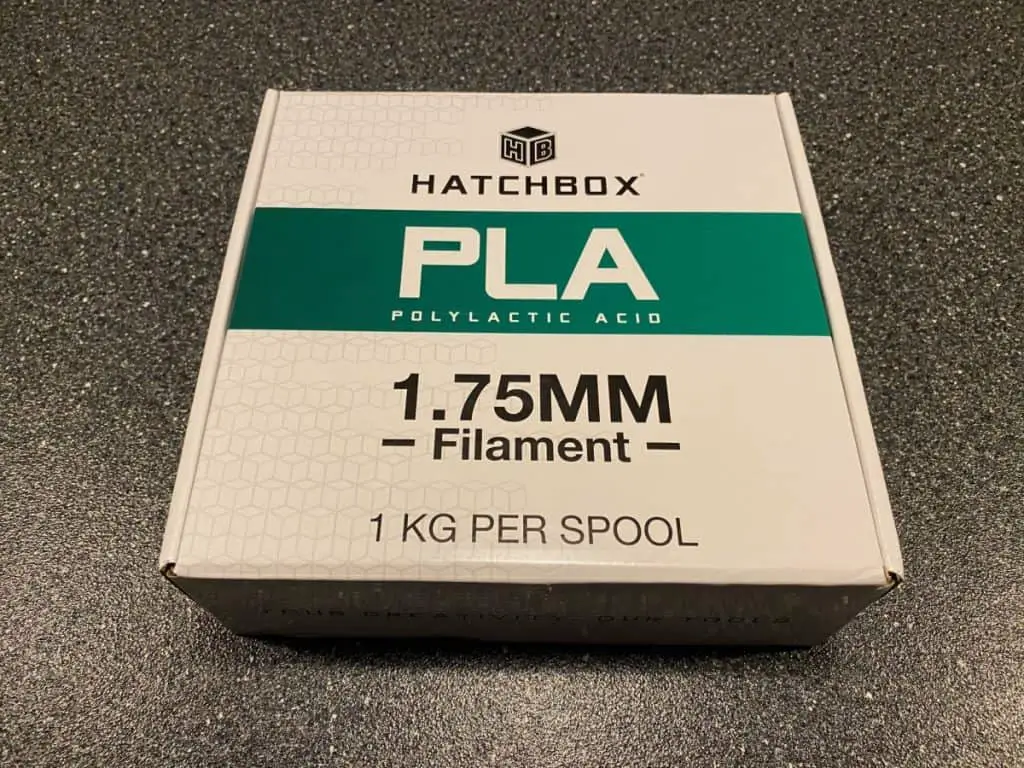
What Should I Do Before Applying Spray Paint On The PLA?
Before starting to paint a model in PLA, it is essential to finish and smooth the object. All 3D prints will have visible layer lines. No matter how small the piece is, no matter how thick each layer is. These lines are practically unavoidable, so all models have irregular surfaces by nature.
This irregularity is unsightly, but the unevenness of its layers makes it impossible for the paint to adhere correctly. That is why it is fundamental to do smoothing and finishing work on the PLA model before proceeding to the paint application. Otherwise, the final result will not have professional quality.
Another common situation we may face is that the design needs support structures at the time of printing. You can cut these supports without any problem. However, it is almost certain that they will leave some bumps that we must smooth to maintain the object’s aesthetics.
What Are The Main Benefits Of Spray To Paint The PLA Model?
There are several paint application techniques so that our final object has quality and its personality. But we must be clear that some methods are more recommendable than others. The spray painting technique is one of the most popular and advantageous nowadays; for this reason, now we will check some of the benefits that this technique provides us:
- It is a straightforward technique to use, so it is ideal for all beginners in 3D printing.
- It is a very affordable painting.
- This method is excellent for those who do not have much time available.
- It does not require thinning or mixing with other additives.
- It is a technique that offers a reasonably fast drying time.
- Spray paints come in a wide variety of colors.
- Depending on the type of spray you buy, you can get the PLA model with a matte or glossy finish.
- You avoid brushstrokes or brush marks.
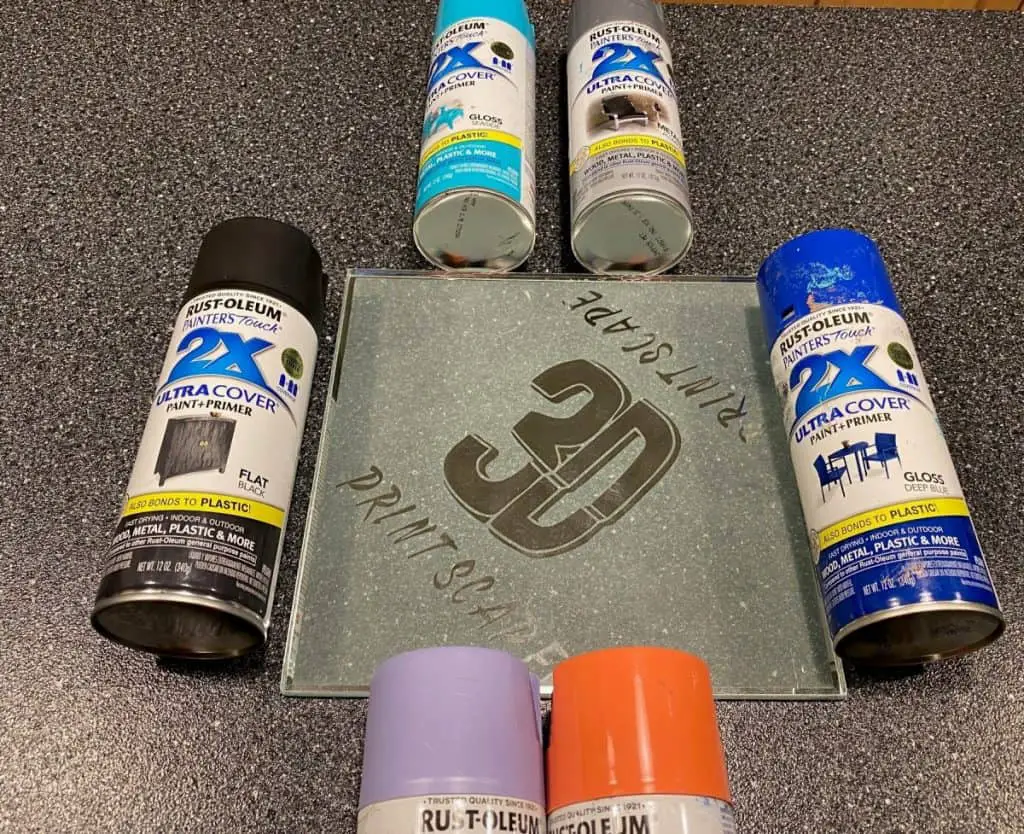
What Are The Steps To Spray Paint PLA?
Now that we know that spray painting PLA models is one of the most used painting methods, we are ready to know which steps we must follow to achieve this goal.
Sanding The PLA Model
As we saw in one of the previous sections, the first action we must perform is sanding the plastic object. The objective of this step is to get a great final texture. Sanding will allow us to remove pores or irregular reliefs that would cause an inefficient paint application.
The experts recommend moving the hand in the same direction, firmly but simultaneously, without applying a disproportionate force to damage the surface.
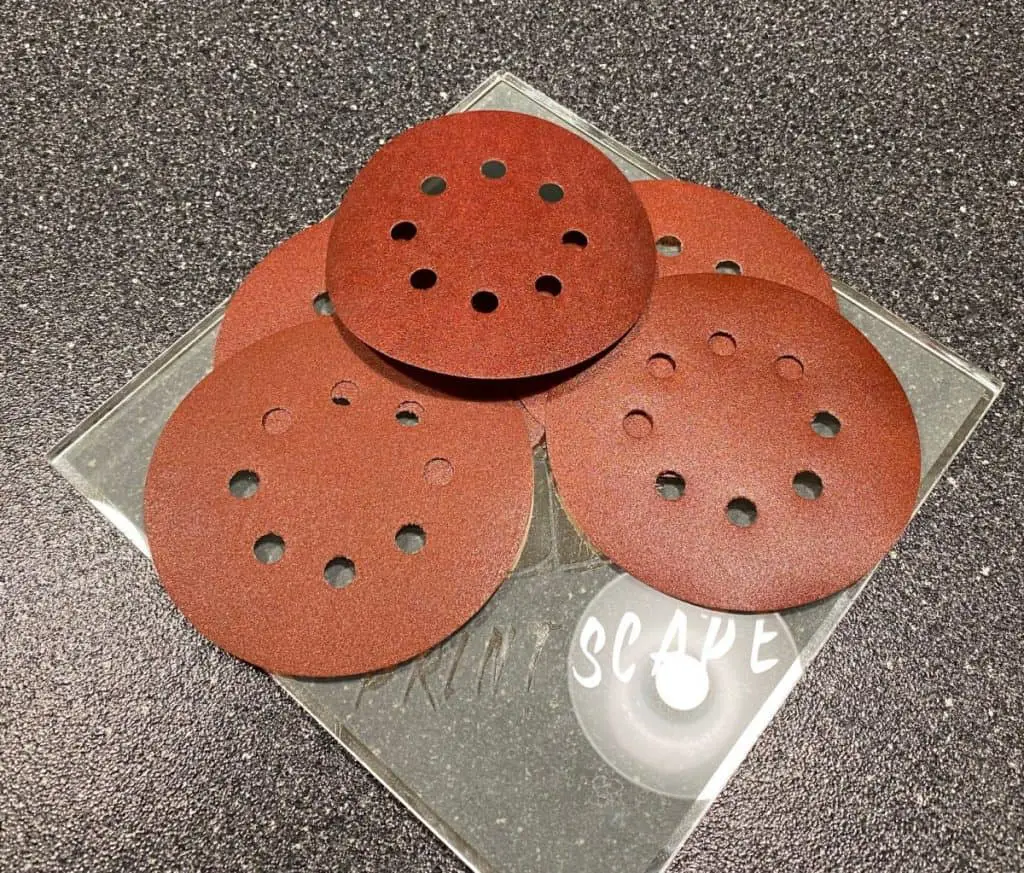
The Priming Of The Model
Priming is a process of pre-coating the model with a primer product, which helps facilitate the absorption of the paint on the object’s surface.
Experts recommend that you hold the model at a priming distance of 8 to 12 inches. They also recommend priming the part in quick passes and avoiding spraying areas for too long. You should rotate the piece while spraying so that the primer spreads evenly. It is best to apply thin coats, as thicker coats may obscure the delicate details of the model.
Once this process is complete, the object should be allowed to dry for 30 to 40 minutes. When the model is dry, you will probably have to sand some areas to eliminate irregular reliefs resulting from this process.
The Application Of The Spray On The PLA
After the two previous steps, we are ready to spray our model. We must start by shaking the container very well and take a distance of approximately 25 to 50 cm between the spray and the model.
Then we will spray all over the surface of the PLA, paying attention to the cavities and small spaces. We have to cover all the corners to get a homogeneous final result; this point is the key to the spray painting method.
Suppose you notice that the spray paint starts to leave drops or puddles of different sizes. In that case, it is time to shake the container again to help dilute the aerosol properly.
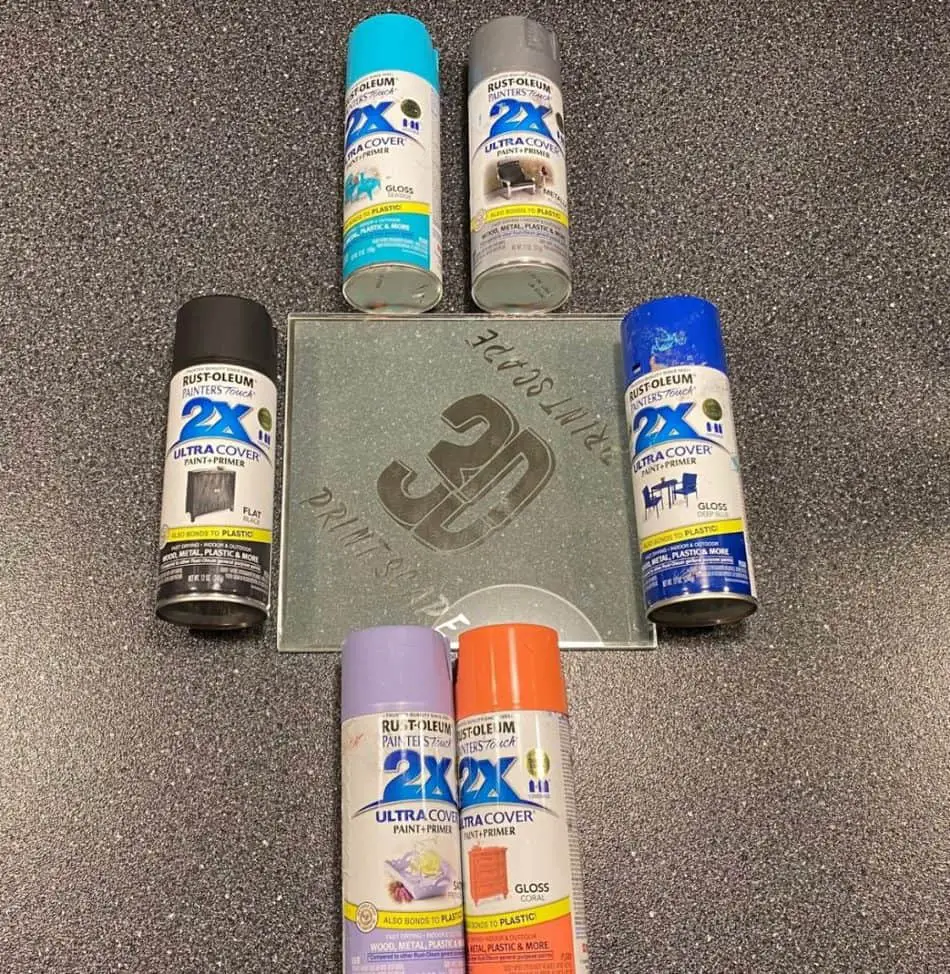
Sealing The Model
This step is essential and is what completes this process. The sealer is a product that gives the final finish to the model and, at the same time, protects the applied paint. Usually, the sealer takes 30 minutes to dry. You can choose a matte, satin, or gloss paint sealer.
Experts recommend applying several thin coats of sealer instead of one thick coat; this will help the final finish look better aesthetically.
Related Articles
- Best PLA Glue – The Answer Inside!
- What Is The Best Primer For 3d Prints?
- All About 3D Printer Plastic
- Can You Drill Into and Cut 3D Printed Plastic?
- 3D Printer Z Banding – Common Causes and Fixes!
A Final Thought On The Application Of Spray-On PLA Models
Spray painting PLA models is a method with great potential. Spray painting is a type of post-processing technique that allows you to make corrections to the natural imperfections of 3D printing. In addition, this method is straightforward to learn, is ideal for beginners, and is affordable for all budgets.
Make sure you check out our YouTube channel, and if you would like any additional details or have any questions, please leave a comment below or join us on Discord. If you liked this article and want to read others click here.
